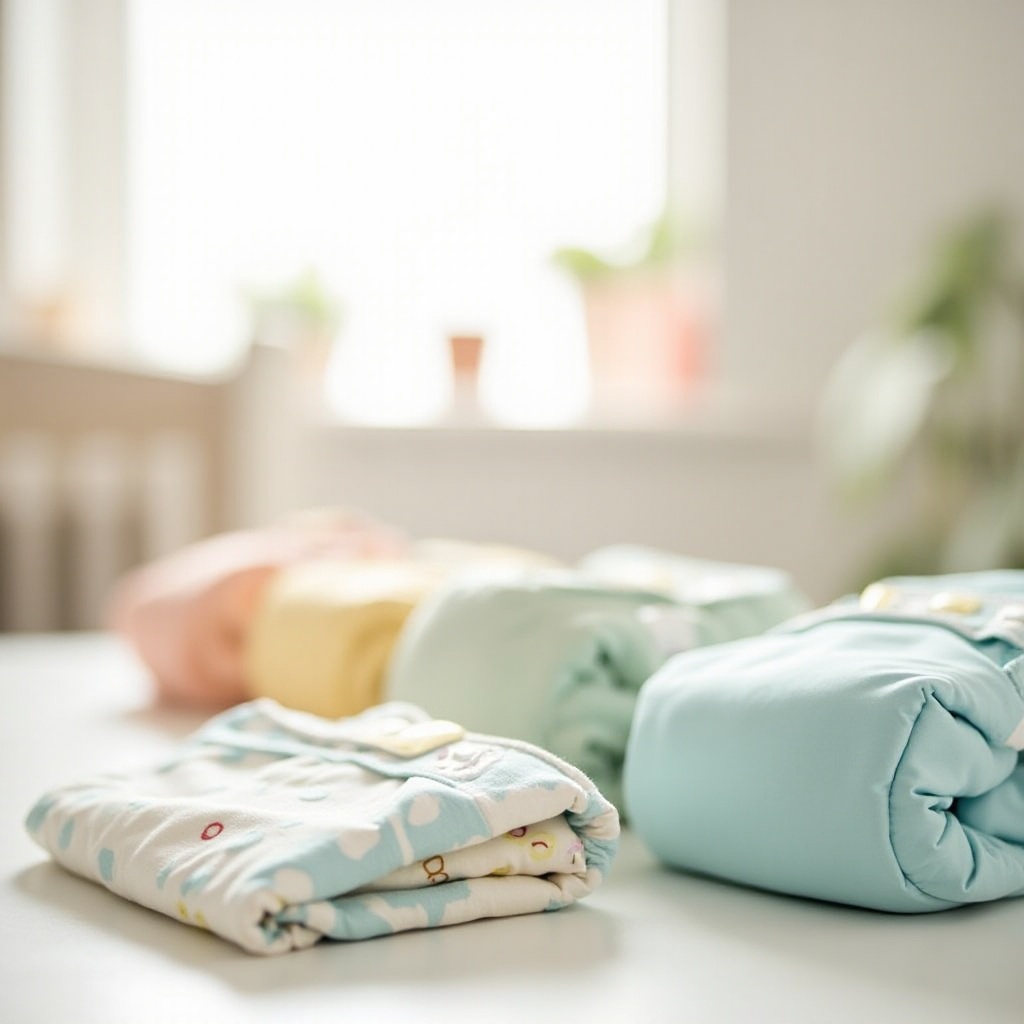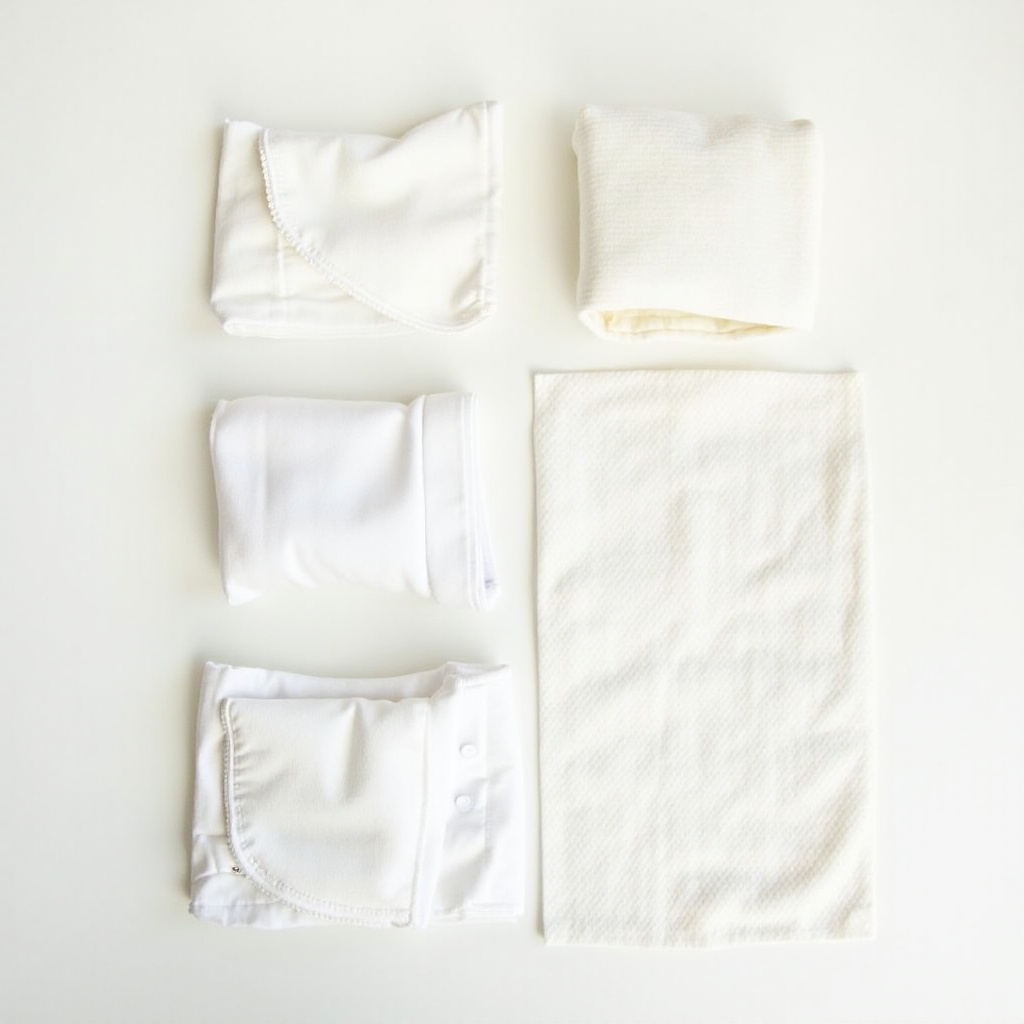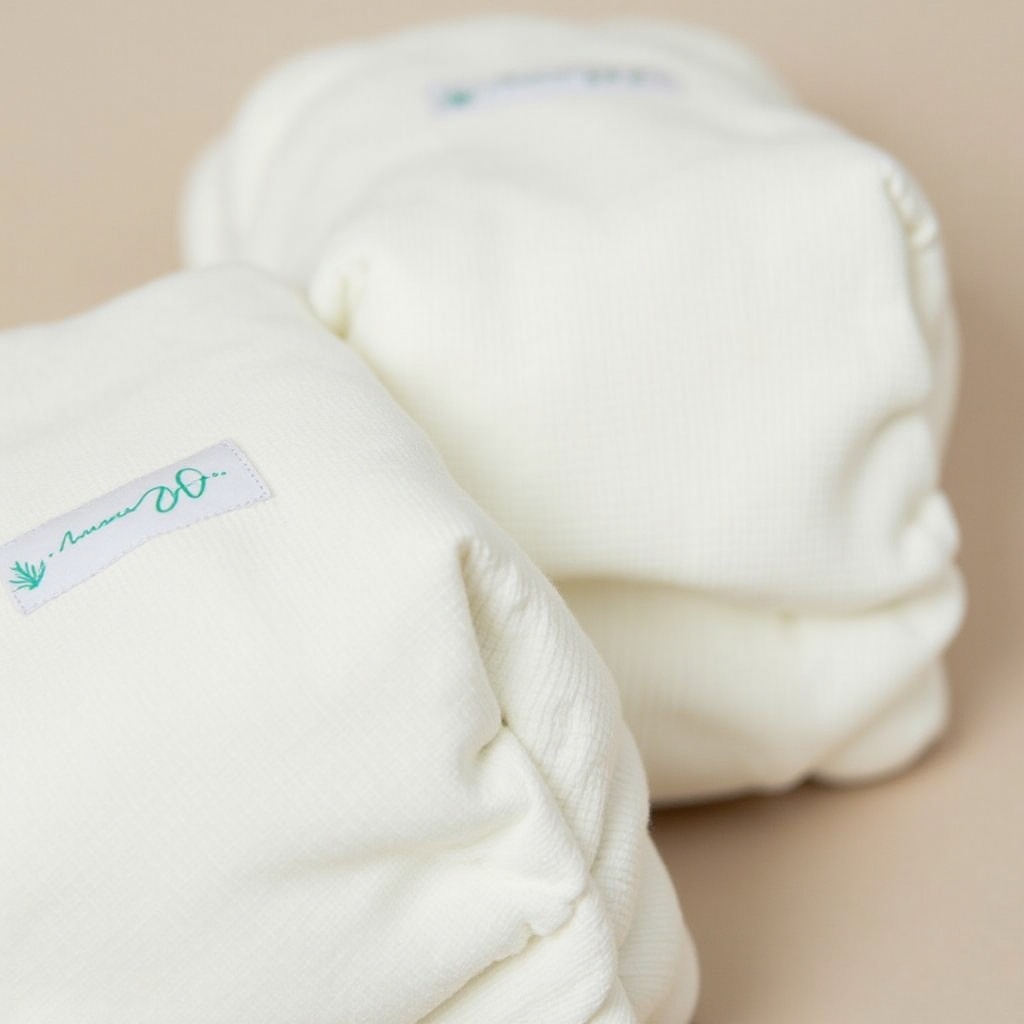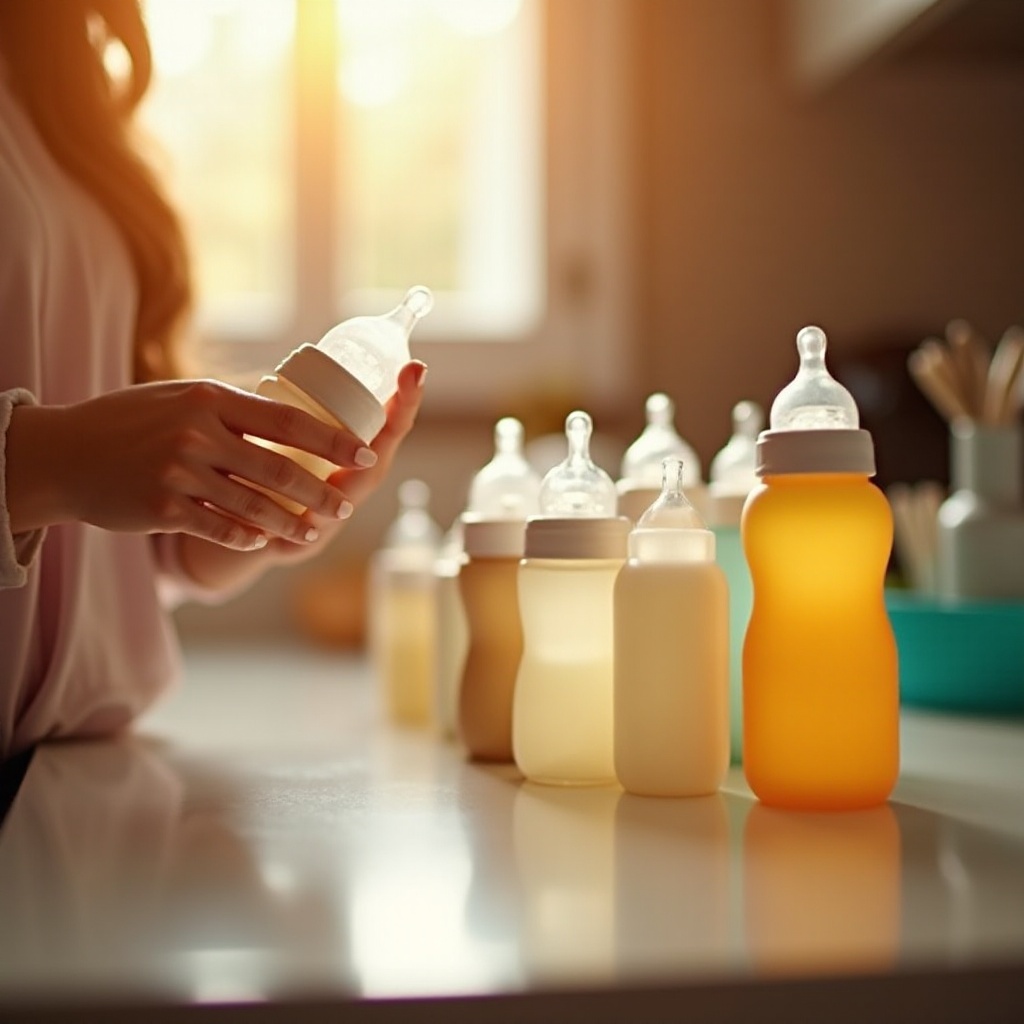Comprehensive Guide to Hello Bello Diaper Ingredients and Cloth Diapers
Introduction
Parents everywhere always seek the best choices for their little ones, and diapers are no exception. With countless options in the market, it is crucial to understand what goes into making these products, especially if health and environmental impact are priorities. This guide delves into the intricacies of Hello Bello diaper ingredients and explores why Hello Bello is a fantastic choice for cloth diapering. Through comparisons, benefits, and useful tips, you will gain a comprehensive understanding of this popular diaper brand. Let us start by examining the materials used in diapers.

Understanding Diaper Materials
Diapers are designed to be functional, ensuring that they are absorbent, comfortable, and safe for babies’ sensitive skin. Generally, the materials used in diapers include synthetic polymers, wood fluff pulp, and adhesives. Absorbent polymers, like polyacrylate, capture moisture, while the outer layers often consist of polyethylene or polypropylene to prevent leaks. Adhesive strips and elastic materials ensure a secure fit.
Eco-conscious parents often seek diapers free from harsh chemicals, dyes, and fragrances. As one such brand, Hello Bello prioritizes using safe, eco-friendly materials. Let’s look into what makes Hello Bello’s ingredients stand out.

Detailed Breakdown of Hello Bello Diapers
Key Ingredients and Their Functions
Hello Bello diapers consist of several key ingredients designed with your baby’s health and comfort in mind. The top layer, made from plant-derived fibers, is super soft against the skin. The absorbent core contains chlorine-free wood pulp and a high-performance, non-toxic SAP (Super Absorbent Polymer) that efficiently locks in wetness. The distribution layer aids in spreading moisture evenly to avoid clumping.
Safety and Eco-Friendliness of Ingredients
Safety and eco-friendliness are at the heart of Hello Bello’s diaper production. Their diapers are devoid of chlorine, ensuring no harmful bleaching processes. They avoid fragrances and lotions, reducing the potential for allergies and irritations. Moreover, the use of sustainably harvested fluff pulp emphasizes the brand’s commitment to the environment. These eco-friendly materials decompose more quickly than traditional diapers, reducing landfill waste.

Comparisons with Other Diaper Brands
When comparing Hello Bello to other major diaper brands, the differences become evident. This will help you understand why Hello Bello might be the better choice for your family.
Hello Bello vs. Conventional Disposable Diapers
Conventional disposable diapers often contain chlorine, fragrances, phthalates, and dyes. These chemicals can harm a baby’s skin and the environment. In contrast, Hello Bello diapers avoid these toxic substances, ensuring gentler care for your baby and a reduced ecological footprint. Moreover, Hello Bello diapers offer comparable absorbency and comfort without sacrificing safety.
Why Choose Hello Bello for Cloth Diapering?
Parents opting for cloth diapers often look for reliable diaper inserts. Hello Bello’s disposable liners and using their gentle, chemical-free diapers as inserts can provide a solution that bridges the best of both worlds. These inserts are designed to be highly absorbent and easy to clean, ensuring that cloth diapering remains a convenient and eco-friendly choice.
Benefits of Using Cloth Diapers
Cloth diapers offer numerous advantages for families looking to reduce their environmental impact and save money.
- Cost-Effectiveness: While the initial cost is higher, cloth diapers can be reused, leading to significant savings in the long run.
- Reduced Environmental Impact: Cloth diapers minimize waste, offering a sustainable alternative to disposables decomposing in landfills.
- Health Benefits: Free from chemicals and synthetic fibers, cloth diapers can reduce the risk of diaper rash and allergies.
- Customizable Comfort: Parents can adjust the fit and absorbency to suit their baby’s needs, enhancing comfort.
Tips for Transitioning to Cloth Diapers
Transitioning to cloth diapers may seem daunting, but with the right information, it can be an easy and rewarding switch.
Starting With Cloth Diapers: What You Need to Know
Begin by understanding the types of cloth diapers available—prefolds, all-in-ones, and pocket diapers. Invest in a good stash, including 20-30 diapers, to avoid running out. Purchase high-quality detergent designed for cloth diapers and consult cleaning guidelines to ensure proper maintenance.
How to Properly Clean and Maintain Cloth Diapers
- Pre-Rinse: Start with a cold pre-rinse to remove any solid waste.
- Main Wash: Use a hot wash cycle with suitable detergent. Avoid fabric softeners as they can reduce absorbency.
- Rinse: Follow with a cold rinse cycle to remove detergent residue.
- Drying: Air drying is preferred, though tumble drying on low heat is also acceptable.
Keeping a consistent washing routine ensures the longevity and effectiveness of cloth diapers, ensuring your baby’s comfort and hygiene.
Conclusion
Choosing the right diaper is a crucial decision for parents, impacting both your baby’s health and the planet. Hello Bello stands out with its focus on safe, eco-friendly ingredients. By understanding their composition and benefits, parents can make informed choices that benefit their babies and the environment. Whether you stick with disposables or embrace cloth diapering, Hello Bello offers a solution that prioritizes safety, comfort, and sustainability.
Frequently Asked Questions
Are Hello Bello Diapers suitable for cloth diapering?
Yes, Hello Bello diapers can be used as inserts for cloth diapers or their disposable liners for added convenience and absorbency.
How do I clean cloth diapers with Hello Bello inserts?
Cleaning cloth diapers with Hello Bello inserts is simple: Pre-rinse, main wash with proper detergent, rinse to remove residues, and air or tumble dry to maintain their integrity.
What makes Hello Bello Diaper Ingredients safer for my baby?
Hello Bello diapers avoid harmful chemicals such as chlorine, fragrances, phthalates, and dyes, prioritizing hypoallergenic, eco-friendly materials designed to be gentle on sensitive skin.

